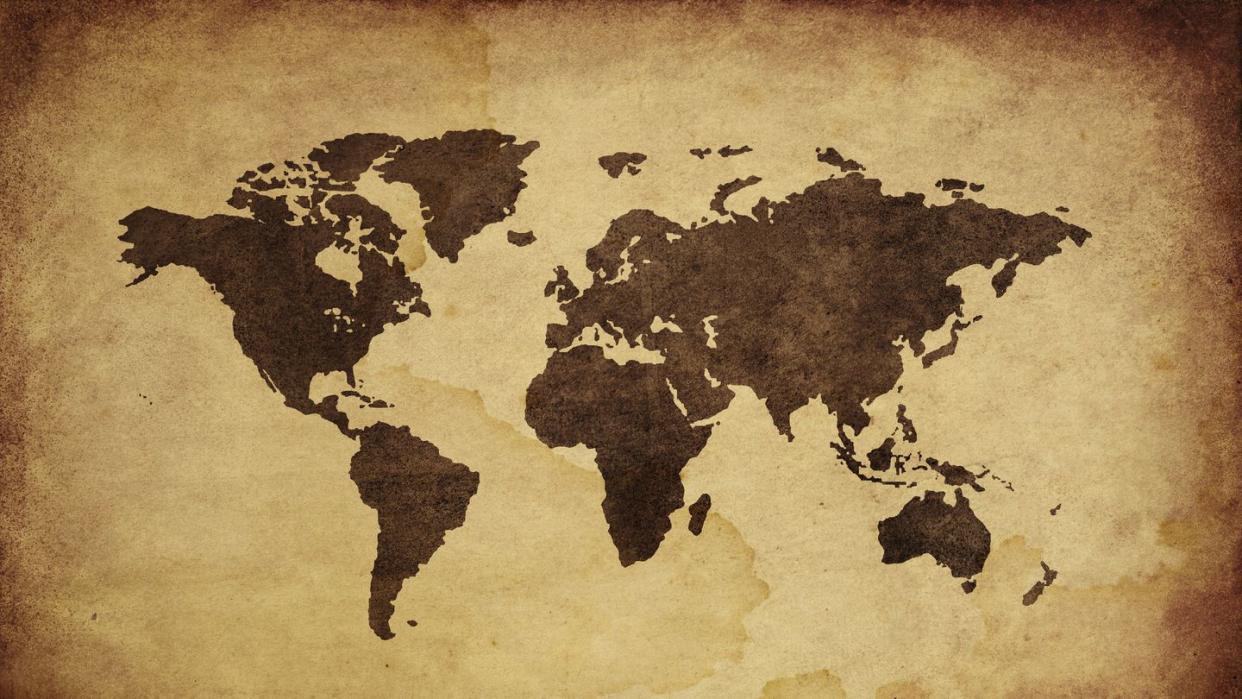Scientists Have Miraculously Located A Lost Continent

Argoland, once part of the ancient supercontinent of Gondwana, was long thought to be lost. But scientists recently discovered it splintered apart in Southeast Asia.
The lost continent may have broken off from Australia 155 million years ago, but it wasn’t a clean break.
A deep ocean basin off western Australia was a key clue to discovering the “lost” land mass’ current home.
In terms of breakups, the splitting of Australia and the lost continent of Argoland 155 million years ago was a big one. In fact, it was so dramatic that it has taken until now for researchers to locate Argoland, which was once part of the ancient supercontinent Gondwana. Even though so many other land masses with ties to Gondwana had proven easier to locate, this one had seemingly disappeared.
To find it again, researchers from Utrecht University used geological information from a deep ocean basin off western Australia—the Argo Abyssal Plain—to uncover clues about what could have happened to this 3,100-mile-long piece of continent after it broke from Australia and drifted off. It simply had to have gone somewhere.
According to a study published in the journal Gondwana Research, the team believes they’ve located Argoland in Southeast Asia. The lost continent seems to be completely fragmented, but still in existence. It’s good news, too, as the team was running out of theories. “Otherwise,” the authors wrote in a statement, “we would have been faced with a major scientific problem.”
Gondwana has the potential to be quite the area of scientific discovery. The ancient mega-continent, according to leading theories, was once large enough to contain South America, Africa, India, Antarctica, and Australia. As it splintered, the continents drifted, and other pieces—such as the recently fully mapped Zealandia, dubbed the world’s eighth continent—broke away in the process.
While many land masses still hover well above the ocean’s surface, some fell below the waves—whether partially, as in the case of Zealandia, or fully, as in the case of Greater Adria. And the ones that plunged into the Earth’s mantle, such as Greater Adria, were folded into the mantle to form mountains.
Argoland couldn’t be found above or below the ocean. “If continents can dive into the mantle and disappear entirely, without leaving a geological trace at the Earth’s surface, then we wouldn’t have much of an idea of what the Earth could have looked like in the geological past,” said Douwe van Hinsbergen, study co-author. “It would be almost impossible to create reliable reconstructions of former supercontinents and the Earth’s geography in foregone eras.”
But van Hinsbergen and colleague Eldert Advokaat didn’t give up the Argoland search—after all, they knew it existed, thanks to the basin hidden deep below western Australia. “The structure of the seafloor shows that this continent must have drifted off to the northwest,” the researchers wrote, “and must have ended up where the islands of Southeast Asia are located today.”
Still, with so many islands, Advokaat said that the team was having trouble fitting the puzzle together. “The situation in Southeast Asia is very different from places like Africa and South America, where a continent broke neatly into two pieces,” he said. “Argoland splintered into many different shards. That obstructed our view of the continent’s journey.”
So, they retraced the steps of Argoland—millions of years of fissures and breaks, with oceans continually helping break the land apart.
The team eventually realized that rediscovering Argoland was not going to be a neat piecing together of one giant land mass—because Argoland was probably never one land mass to begin with. Instead, it was likely originally an “argopelago” of microcontinental fragments separated by older oceanic basins.
It would have more closely mirrored Greater Adria or Zealandia than a neatly formed India—which it once bordered as part of Gondwana. And as Argoland started breaking off from Australia and drifting north, the break-up got even messier. The already scattered land seem to have shattered into thin splinters that now rest near the geological systems of the Himalayas and the Philippines.
“Argoland is hidden,” the authors said, “beneath the green jungles of large parts of Indonesia and Myanmar.” It seems that’s where a continent drifts to amidst messy breakups.
You Might Also Like

